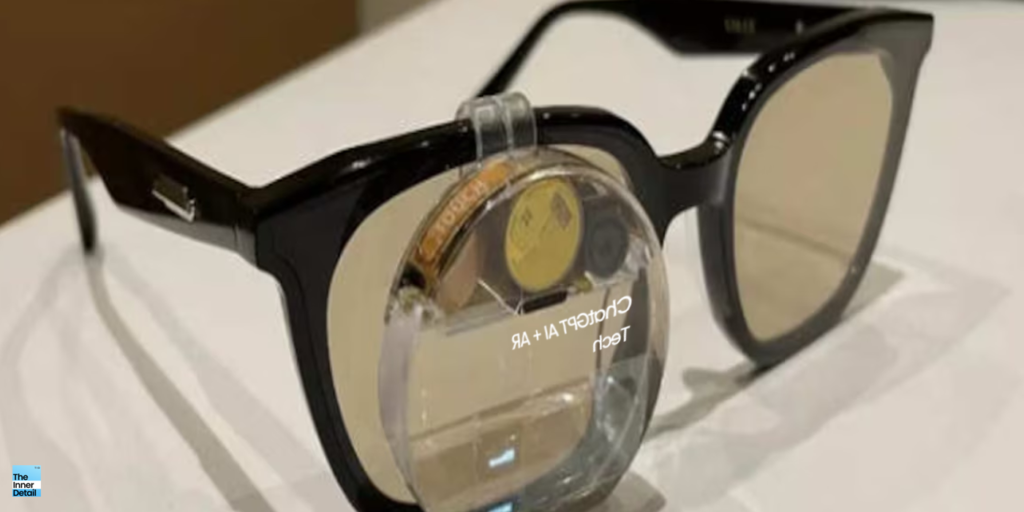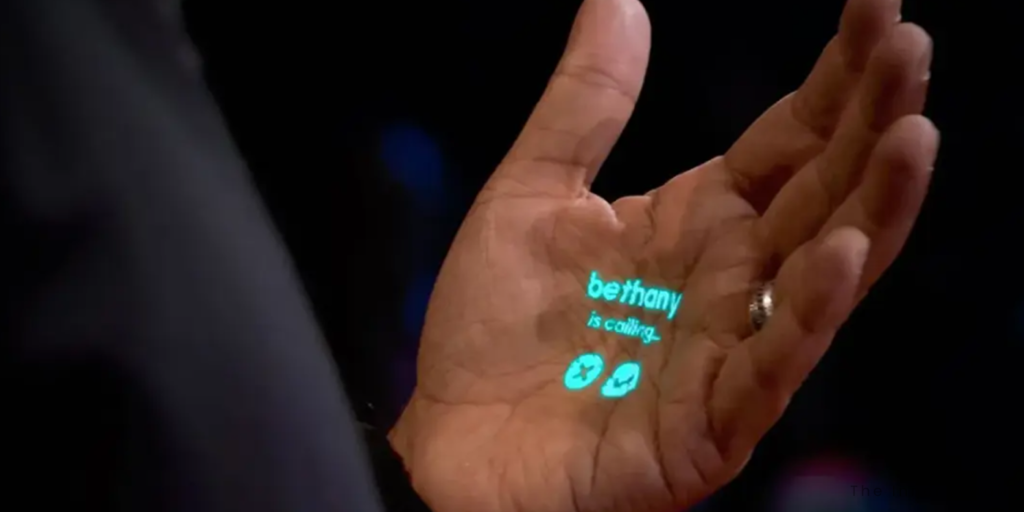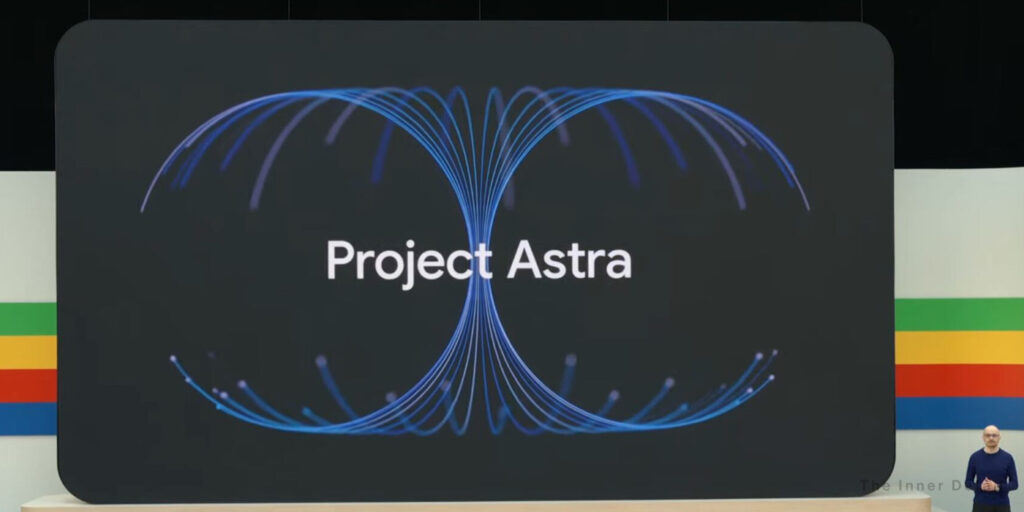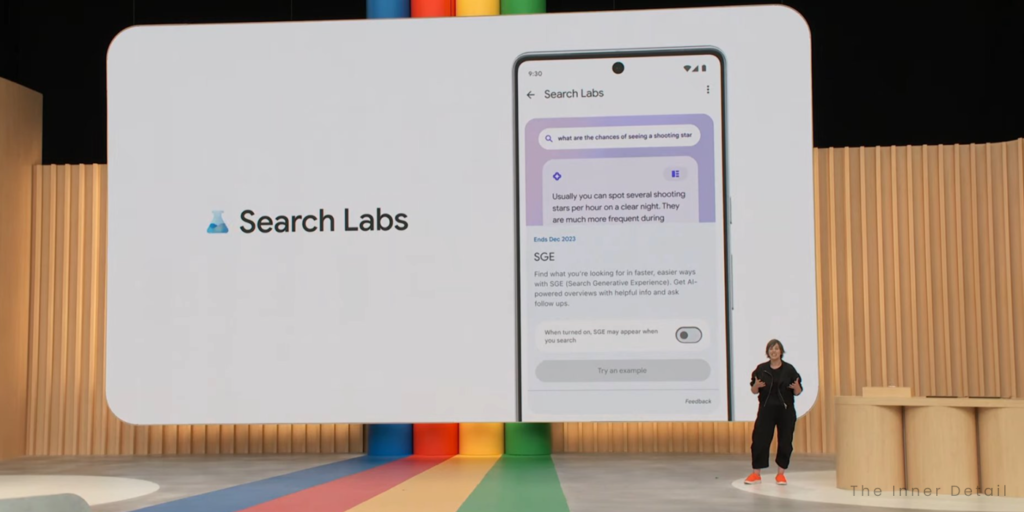A new AR-Glass tool RizzGPT created by Stanford Students merges ChatGPT and augmented reality to assist people in making better conversations in real-time.
Advent of AI enhanced the perception of technology and its exploitation to a more astounding level, where it’s posing a threat of being smart enough to replace humans. It all started when OpenAI’s ChatGPT unleashed the generative AI’s potential, alluring users. People had started exploring ChatGPT’s capability and it’s latest version GPT-4 for several uses.
And in that aspect, Stanford Students too experimented ChatGPT-4 by developing a new tool out of it, that will help people in conversing and boosting their confidences in society while speaking.
RizzGPT AR-Glass powered by ChatGPT
A group of four students of Stanford University, US, have developed an AR Glass that utilizes ChatGPT’s AI technology to prompt users what to speak next or the information that’s needed for continuing the conversation smartly.
Bryan Hau-Ping Chiang, Varun Shenoy, Alix Cui and Adriano Hernandez, the students behind this RizzGPT tool leveraged OpenAI’s GPT-4 language model and Whisper, which is a voice recognition tool to hear the voices of other person talking to you.
This is how it works.. When a user wears this AR Glass, the Whisper’s AI-based voice recognition technology will listen to the person(s) whom you are talking to, and push it to GPT-4 for generating appropriate responses based on the context of the speech. The GPT-4’s response will be displayed in the AR glass, which will only be visible to the wearer. And by reciting the response, people can make better and smart conversations with the help of AI and AR technology.
The team has named this technology ‘real-time Charisma as a Service (CaaS)’.
Related Posts
Applications of this AR-Glass
As this RizzGPT glass empowers a conversation between people, the glass has many potential applications in the enrichment of quality speech, boosting self-esteem and confidence.
- It will assist introvert people in overcoming social anxiety by prompting authentic responses that’s factual.
- Fear of public-speaking can be avoided as the script lines are directly displayed on to the glass display.
- It’s most effective for the job interviews from the interviewee perspective. As the AI is smart, knows to code, and can be comparatively brilliant than a normal human, it will aid the person for getting recruited easily.
However, the other side of this coin is that it idealizes any person to be perfect, which may lead to misconception in situations, say in job interviews, leading to the hiring of wrong person instead rather a real talented one.
Apart from this intrigue, the AI-powered AR-Glass can really be a technological leverage for humans in the day-to-day life. The ChatGPT glasses were created using Brilliant Labs’ Monocle AR technology, which offers numerous potential applications and exemplifies how AI and AR can be combined to tackle real-world problems.
(For more such interesting informational, technology and innovation stuffs, keep reading The Inner Detail).






